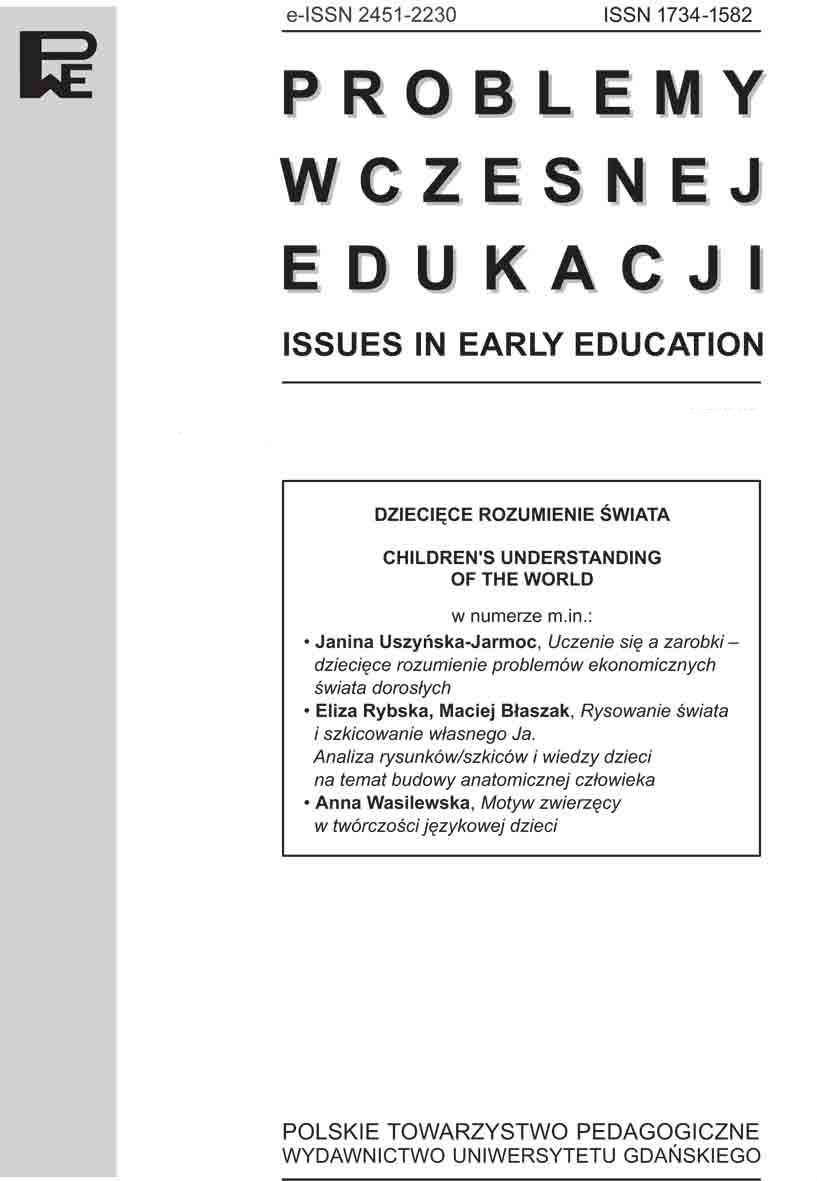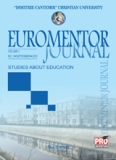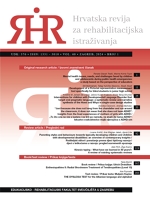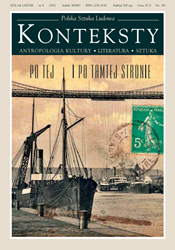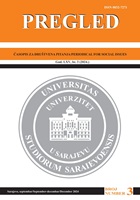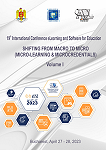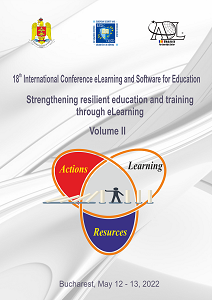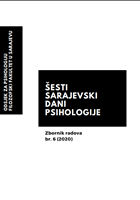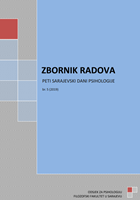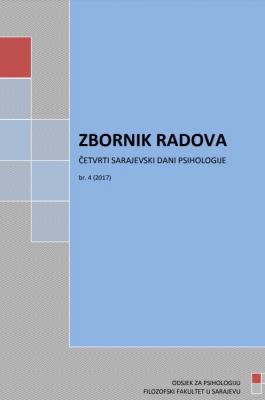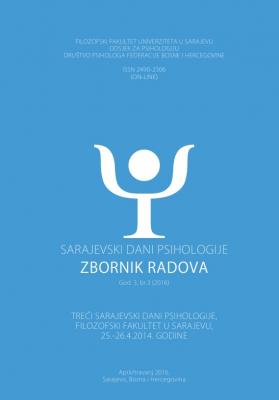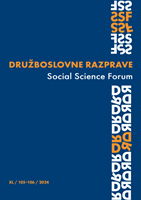Author(s): Velimir Popović,Marijana Popović,Haris Bilalović / Language(s): Serbian
Issue: 4/2017
The image of a human being as a soulful one, i.e., as a free, procreative agency, which possesses its inner psychological side, autonomy, personal identity and self, is a product of the Modern while the followers of the Post-Modern have disputed this traditional psychological tenet of the human being and placed its self under scrutiny. Post-Modern scholars undermine, deconstruct, challenge, disavow and even reject or abandon concepts such as the subject, self, and personal identity, so precious among psychologists. They speak about the “death of man”, the “death of the author”, “the ‘death’ of the subject itself – the end of the autonomous bourgeois ego”, the “displacement of the ego”, the “deconstruction of the subject”, the “dissolution of self-identity”, and sometimes a combination of all the above. All their litanies on the death of the human subject or self were designed to dethrone the sovereignty of the Cartesian notion of man as an intentional interiorized mental essence. The traditional (i.e. Modern) descriptions and definitions of the human self – such as substance and individuation, form and matter, subject, mind, ego, personal or self-identity – have been criticized, deconstructed or denied in the Post-Modern era and, yet, still to this day psychology has not offered any reasonable answers to the accusations to which her theories and psychotherapeutic praxis were exposed. Our presentation is designed to respond to the aforementioned challenges from the originators of post-modernity. We will try to offer an analytical / Jungian response to their de/con/structive postmodern notions of subject and identity. We will not try to refute or disprove arguments by which they attack the traditional modern notion of the human subject, the self or personal identity because, and this is our principal argument, by abandoning the selfunderstood in the classical modernist substance-theory they did not abandon every sense of self. Even if everything, which remains after attacks on self, is ‘fragile’ self with ‘feeble identity’, therefore what remains is still a self. However, we assume that this leftover or residue of self and identity is what there is and yet quite enough to sketch an analytical / Jungian portrait of the post-postmodern subject and in accomplishing this task we will rely on the cherished notions of postmodernity – narrative, discourse, language, speech and narrative imagination.
More...

